NUESTRA HISTORIA & OUR NAME
The historical context and name origination of La CASA.
USC EL CENTRO CHICANO – A HISTORICAL CONTEXT
A Brief History of USC La CASA
Adapted from Dr. César López (Class of ‘96)
The history of El Centro Chicano at USC began with a progressive campus activism and civil rights movement during the 1960s and 1970s. During this period students and campus groups from across the nation protested and organized to demand the expansion of access, curriculum, and programs that focused on the experience of people of color at institutions of higher learning. The Chicana/o Movement, as part of the larger civil rights movement of the 1960s/70’s, was an important era that expanded institutional spaces for Chicanos and Latinos in higher education. Student activism from groups like the United Mexican American Students (UMAS), (which after 1969 became known as Movimiento Estudiantil Chicano de Aztlán- M.E.Ch.A.), the Mesa Directiva, the Black Student Union (BSU), the Asian American Student Alliance, American Indian Students and many other groups, challenged universities and colleges to adopt institutional changes to their curriculum offerings, admissions policies, student services, and relations to communities beyond the campus. These early student movement efforts by USC students of color led to the creation of an Ethnic Studies major, increased student of color admissions, the creation of the Topping Student Fund, the Mexican American Alumni Association (MAAA), the Latino Floor and the founding of USC El Centro Chicano.
The idea of establishing Chicano student campus centers with a focus on Chicano student recruitment, orientation, and retention is outlined in El Plan de Santa Barbara: A Chicano Plan for Higher Education written in 1969. On October 9, 1969, members of UMAS met with USC President Norman Topping and requested funding for the creation of a Centro Chicano that would act as an urban recruitment center for Mexican American high school and junior high students. This initial request to fund a Centro Chicano was denied. The student movement at USC surged with increased campus activism and continued meetings between Chicano students and the administration advocating for university resources for students of color to include scholarships, admission policies, an office of EOPS, and the passage of the Norman Topping Student Aid Fund. By 1971, USC M.E.C.H.A and its supporters on campus were in discussions with the university to have a Centro Chicano established. The focus of this Centro Chicano combined with Chicano student recruitment and retention efforts, along with institutional resources would enable the expansion of USC’s ability to meet the needs of the Chicano community. After continued negotiations between the student community and the university, USC El Centro Chicano was established in the fall of 1972, under the leadership of Interim Director Raul Vargas. USC El Centro Chicano opened its doors February, spring semester of 1973. In March, Silas H. Agrego was hired as the first full-time Director. Under his leadership, USC El Centro Chicano implement a broad array of student and community centered services that uniquely impacted the way that USC supported Chicano students and served the broader mission of the university.
HISTORICAL NATURE OF THE NAME: USC EL CENTRO CHICANO
The name El Centro Chicano, is significant historical and political. It is one that emanates from the civil rights movement for self-determination and the promise of education. The identity label of Chicano became the basis for a cultural and spiritual rebirth for the Mexican American community. Once a pejorative term, Chicano was redefined as a positive identity that recognized the rich and ancient mixed indigenous origins of a community. The name Chicano has never been universally accepted by mainstream society or even from within the Latinx community. From its political and cultural origins, it remains in tension with other identity labels for reasons connected to different views on assimilation and acculturation in the U.S.
EL CENTRO CHICANO BECOMES La CASA
In response to the requests from the student community, the name change process began spring 2018 and became official in spring 2019. On February 13th, 2018 the Central American Network (CAN) released a petition to change the name of El Centro Chicano to El Centro. Approximately 300 students signed the petition. Shortly afterwards four core groups (CAN, Latinx Student Assembly (LSA), Latino/a Graduate Student Association (LGSA) and El Centro Chicano) developed an inclusive and collaborative process to select a name that represented the larger Latinx community at USC. Soon after, a series of meetings and dialogues throughout the Spring 2018 semester were hosted with several stakeholders. The core group considered all perspectives and sought to find a balance between the legacies established by the founders of El Centro Chicano while also affirming the diversity of the new Latinx Diaspora it currently represents.
Adopting the word Chicano in 1972 for the new student center provided the institutional foundation to challenge the university to adapt new ways of providing access to higher education and student services for the Chicanx/Latinx community. Today changing the name of the Centro reinforces its inclusive mission, while respecting El Centro Chicano’s history and embracing the future. From an academic standpoint, it continues to be a symbolic intellectual space on the USC campus that retains its historical origins in struggle for self-determination and expanding the mission of the university.
USC La CASA, formerly known as El Centro Chicano, has a long history of helping the university strive for excellence and is a link to each new freshman, transfer and graduate class at USC. Established in 1972, Latinx/Chicanx Center for Advocacy and Student Affairs (La CASA) provides empowerment through cultural identity, leadership and social consciousness development, as well as community building for undergraduate and graduate students at USC. Along with a complete remodel and renovation of the center, La CASA aims to begin a new era in Fall of 2023. As La CASA constantly strives for complete equity, inclusivity, and empowerment, the center will no longer be known as the Latinx/Chicanx Center for Advocacy and Student Affairs. Instead, the center looks to embrace the notion of home for all Latinx populations on campus and rebrand our former acronym into the formal name of the center. Por que nuestra casa es su casa.
La CASA's Pillars of Success
La CASA strives to create a community that focuses on Latinx/e experience through the following 5 Pillars of Success and LatinXcellence: (1) Community Building and Cultural Engagement, (2) Cultural Awareness, (3) Leadership Development, (4) Social Consciousness, (5) Student Wellbeing.
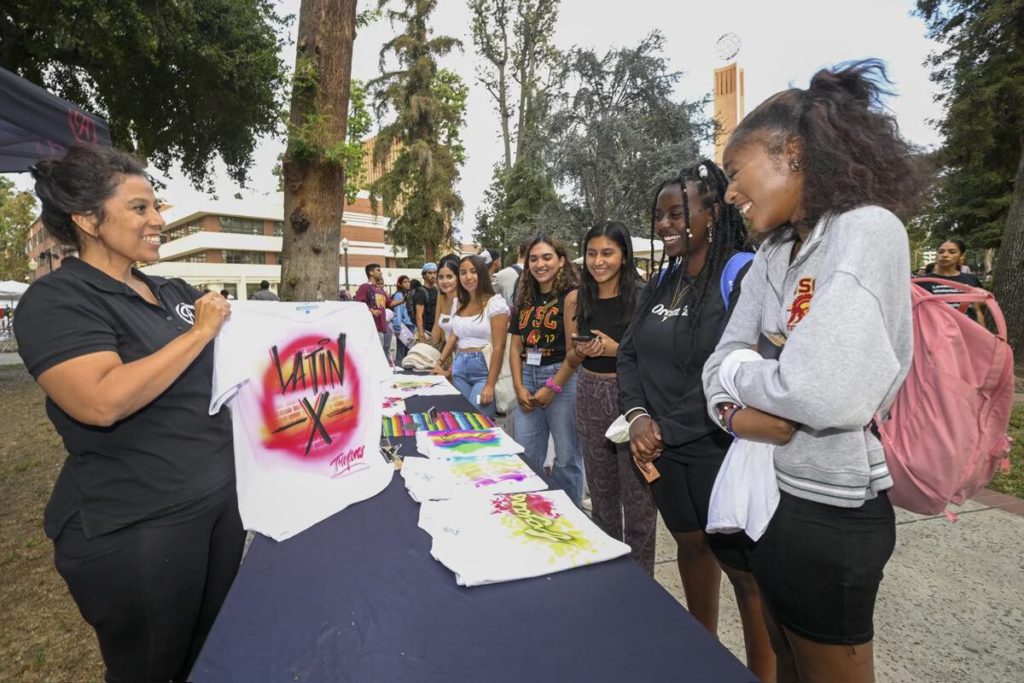
Community Building and Cultural Engagement
Community Building and Cultural Engagement: Working to create a supportive, invested, and vibrant community that shares values and celebrates all Latinx/e identities.
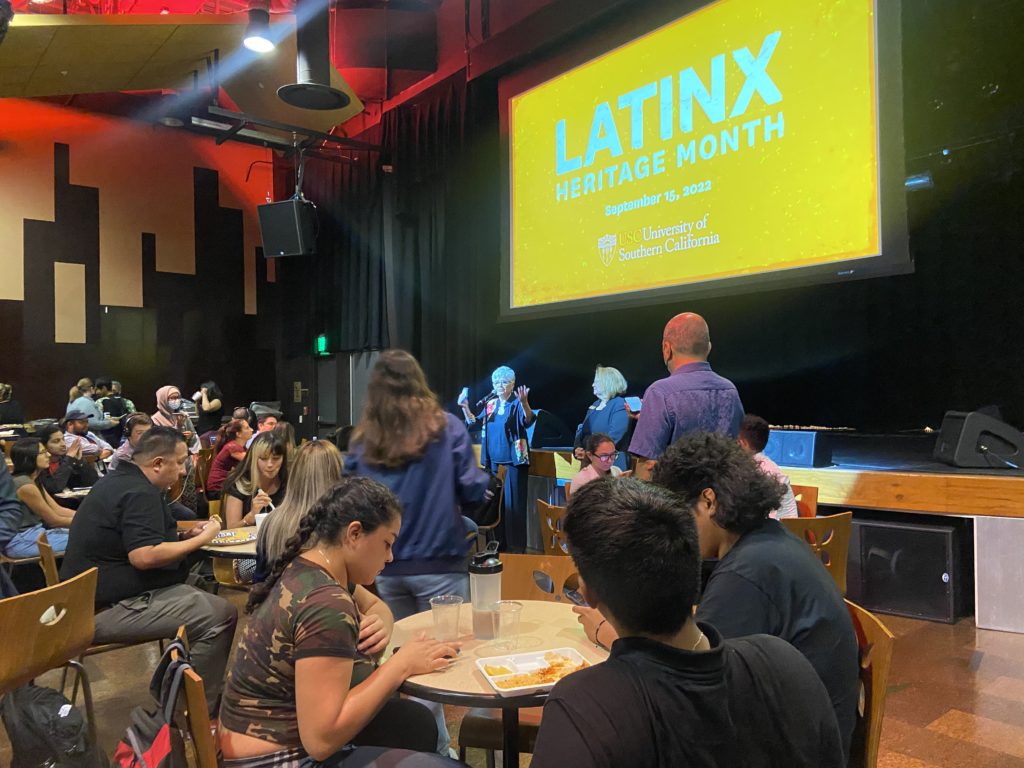
Cultural Awareness
Cultural Awareness: Promoting Cultural Understanding, competency, and recognition of intersectionality within the Latinx/e Community.
Leadership Development
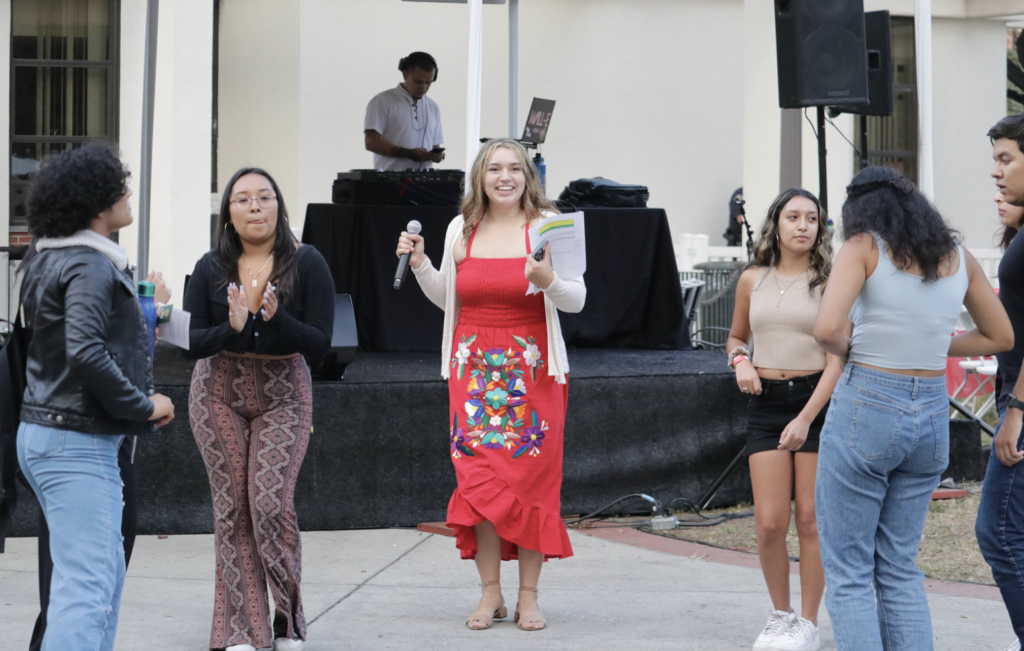
Leadership Development: Creating opportunity and investment in the social, professional, and leadership of all Latinx/e students.
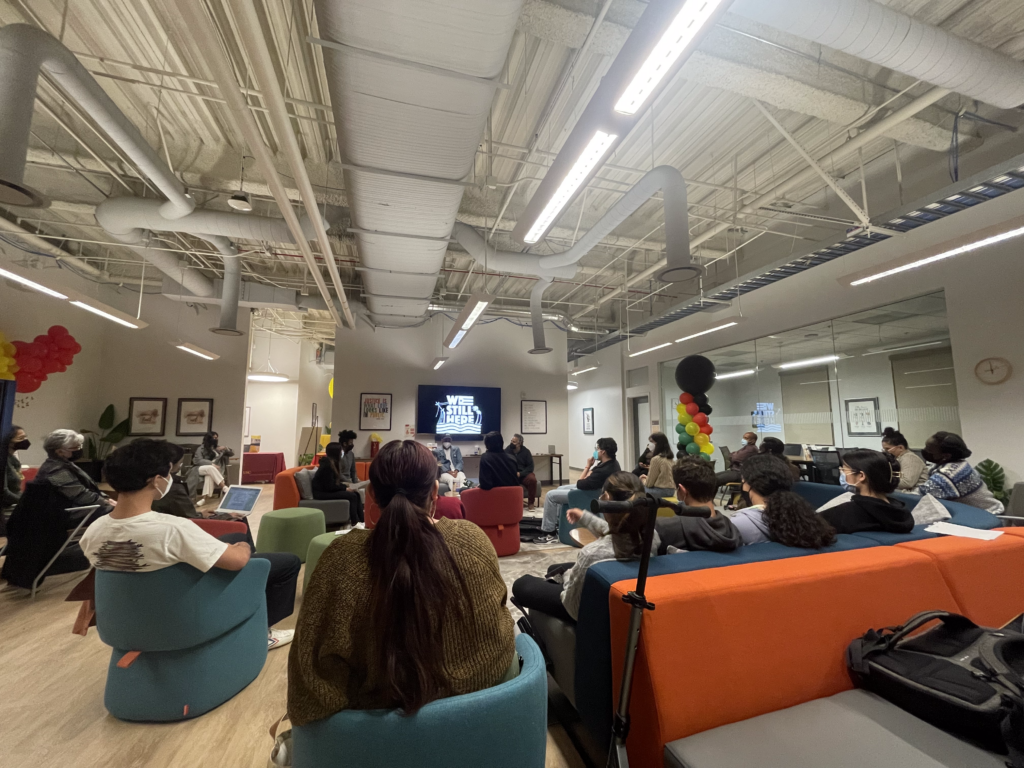
Social Consciousness
Social Consciousness: Promoting awareness of social issues and the constant promotion of social justice within and outside of our community!
Student Wellbeing
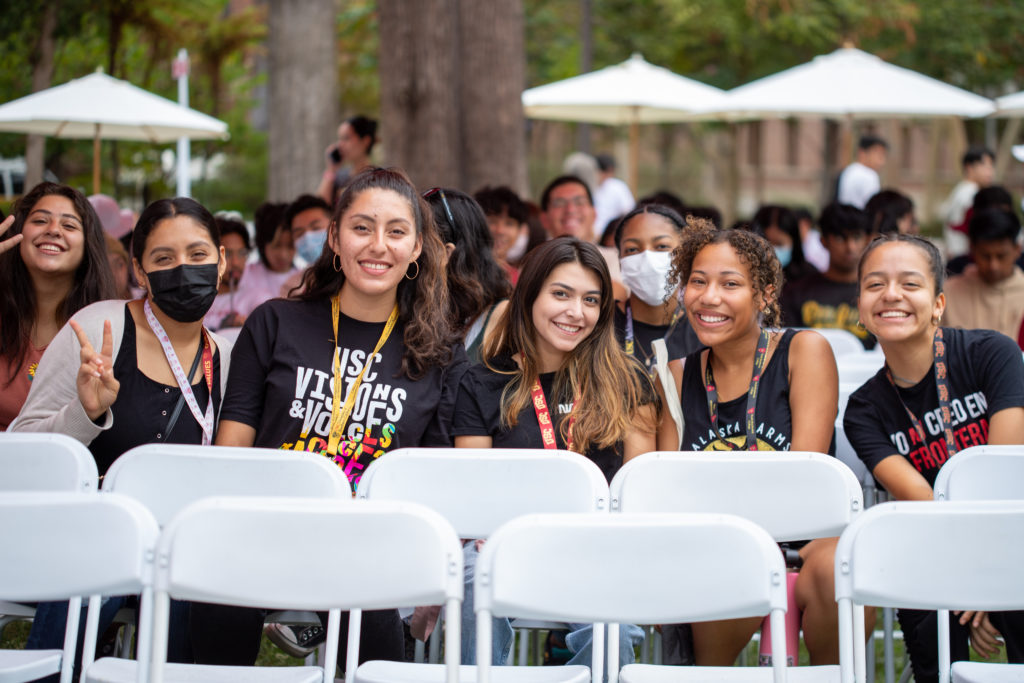
Student Wellbeing: The focus on the holistic wellbeing of Latinx/e students in support of students’ health and healing.
